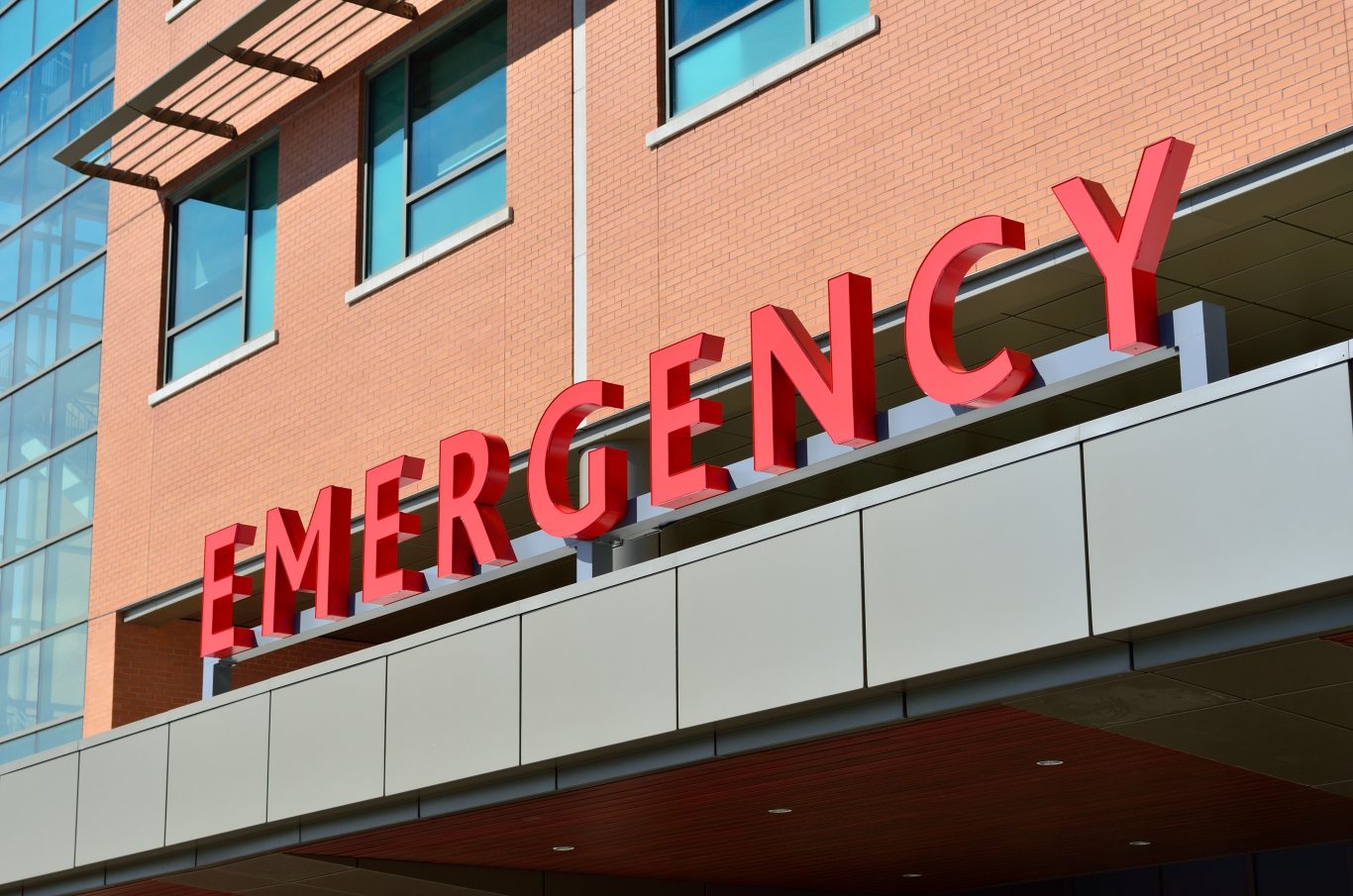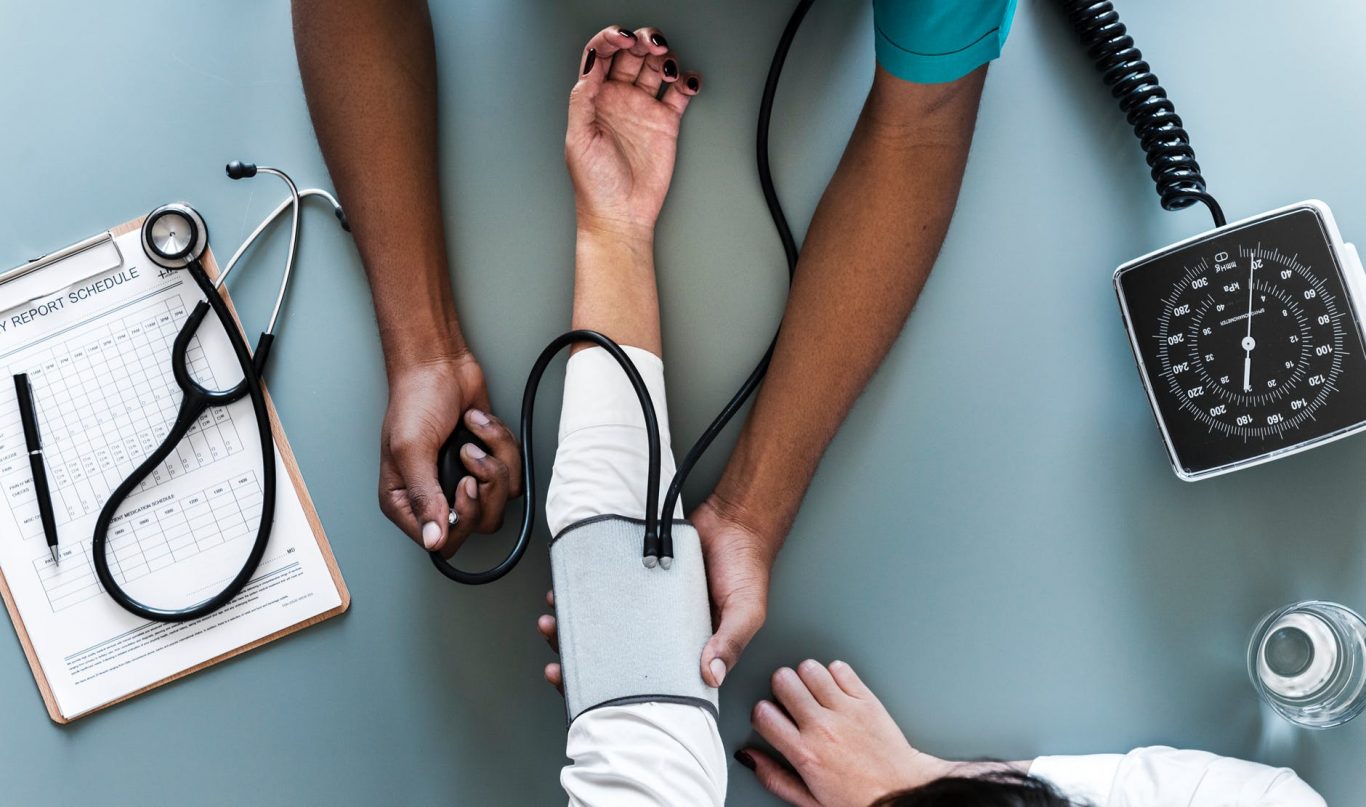Injuries In The Health Care Field

Breaking News:
Tuesday, Jan 23, 2024

Healthcare workers have one of the most essential tasks anywhere in the world. Nurses and hospital staff provide vital service to patients in nursing homes, public/private hospitals, home-care scenarios and personal/public health clinics. The healthcare field is also among the fastest growing job markets in our nation because of a growing population and aging baby boomers. Unfortunately, healthcare workers are at risk of suffering several different kinds of harm at work. Work in the healthcare industry are physically demanding, it may take a toll on the body. Healthcare workers can also be injured by individuals or things they experience on a daily basis in their jobs.
Types of Injuries In the Healthcare Field
Workers in the medical industry are vulnerable to a lot of hazards in the workplace. A study reports that instances of non-fatal occupational illness and injury tend to be higher among employees in the healthcare area than among workers in almost any other industry sector.
While the healthcare field encompasses a variety of different tasks, ranging from home care aid to registered nurse to orderly, everyone who works in the field shares certain dangers that increase the odds of an on-the-job injury. Below are few popular causes of injury that may lead health care workers to hospital beds rental:

Some of the most common types of injuries suffered by healthcare employees as a result of those and other workplace incidents are as follow:
Obviously, healthcare workers may also experience a number of other accidents as well because they may spend their days dealing with dangerous patients and toxic workplaces. Fall prevention procedures are taken by health care professionals in order to minimise these.
We use cookies to ensure that we give you the best experience on our website. If you continue to use this site, we'll assume that you're ok with this.
Ok